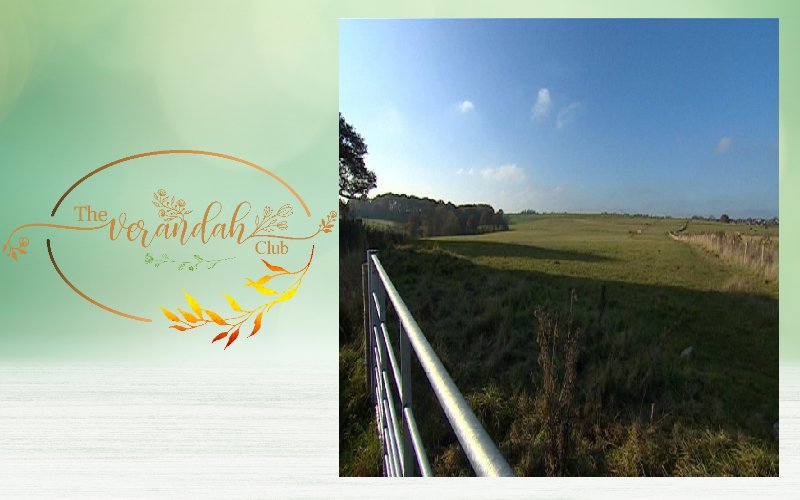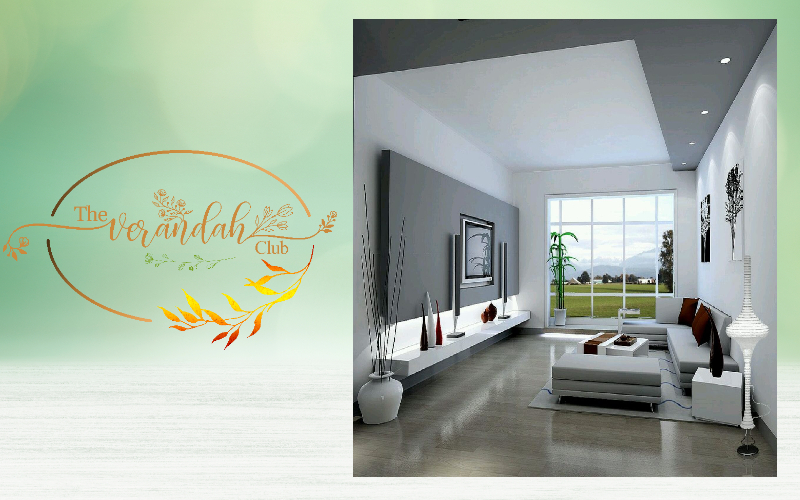Vastu Shastra lays down some principles which were originally carefully guarded and meant for the construction of the temples and palaces only. Later these were spread and were than used for the construction of all the buildings. The learned men like priests made these principles mandatory, so that these can be strictly followed by common man and construction can be done in a standard format. Hence comes the reason to formulate certain principles of Vastu Shastra.
Following are the principles:

Site Orientation
Now, the thought that comes to our mind is why orientation is considered as a principle of Vastu Shastra. There are many major natural forces around us like the Sun, magnetic field of the Earth, climatic factors, the monsoon, winds etc. all these forces have an impact on the human beings and their buildings either directly or indirectly. These factors cannot be ignored. Hence while formulating the guidelines these factors should be taken into consideration so that they can be beneficial for us and we can be protected from their adverse effects.

Understanding the importance of Sun
Let us understand why sun is an important factor for human beings. There would be no life on earth without the sun. The sunlight has two spectra - visible and invisible spectrum. The visible spectrum comprises of the seven colour VIBGYOR while the invisible spectrum has Ultra-Violet and Infra-Red rays.
The UV rays kills harmful germs and also helps in the formation of Vitamin D while the heat in the sunlight is the result of the IR rays. We all know that the sun rises in the East and sets in the West. There is a constant light from the North for the countries in the northern Hemisphere from January 14 to July 15 (also known as summer solstice, Uttaraayana in India and vice versa in the Southern hemisphere from 16 July to 14 January (also known as winter solstice, Dakshinaayana in India (dates may vary)).
So, while designing a building it is necessary that we ensure that the inmates benefits from all the useful effects of the sun. The intensity of the sun keeps changing its intensity throughout the day, from place to place and also from one season to other. It is very important for our body to get exposed to sunlight at least half an hour a day.

Integrating daylight with Design
Daylight in buildings supports human health and well-being. It has been proven scientifically that sunlight is very important aspect of our day to day life. It has been taken into account while designing our ancient temples. Therefore, it became a very important Vastu factor. Vastu Shastra considers the changing intensity of the sunlight from place to place and from one season to other. Some of the important factors to be considered while designing are the morning sunlight from the East direction should directly enter the building. Secondly, the spaces in the North direction should be planned in such a way that they get a constant sunlight from sun with more opening towards North and hence we can reduce the mechanical sources of energy. And thirdly, the intensity of the sunlight is reduced in the afternoon but the Infra-red rays of the sun are projected in the South and West directions and makes this direction of the building very hot. This is reason lesser openings are provided in this direction.
In our next article, we will talk about the importance of the magnetic field of the earth and the Vastu Purusha mandala.

I am an Architect, Interior Designer and a Vastu Consultant, with more than a decade of experience in conceptualization, designing and construction of diverse architectural projects. An alumnus of IIT-Roorkee, I have a thorough background in architecture and interior designing with expertise in directing all project phases. My passion towards architecture inspires me to keep learning about various new trends yet following the age old traditions.
NEXT ARTICLE